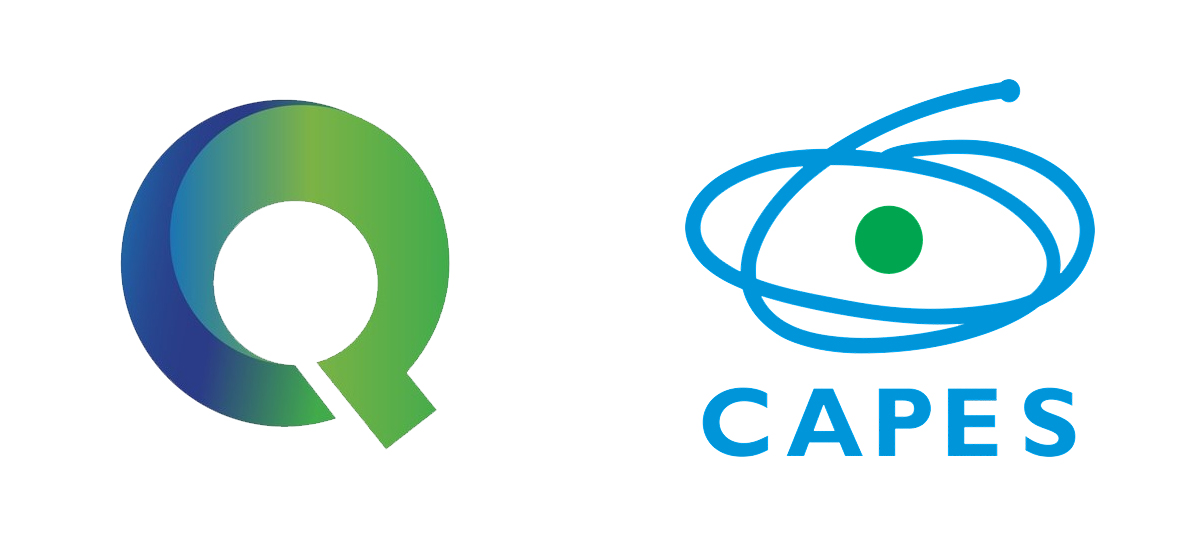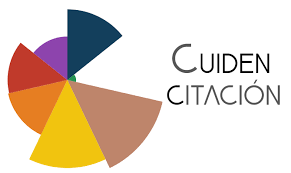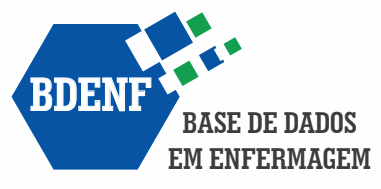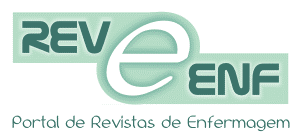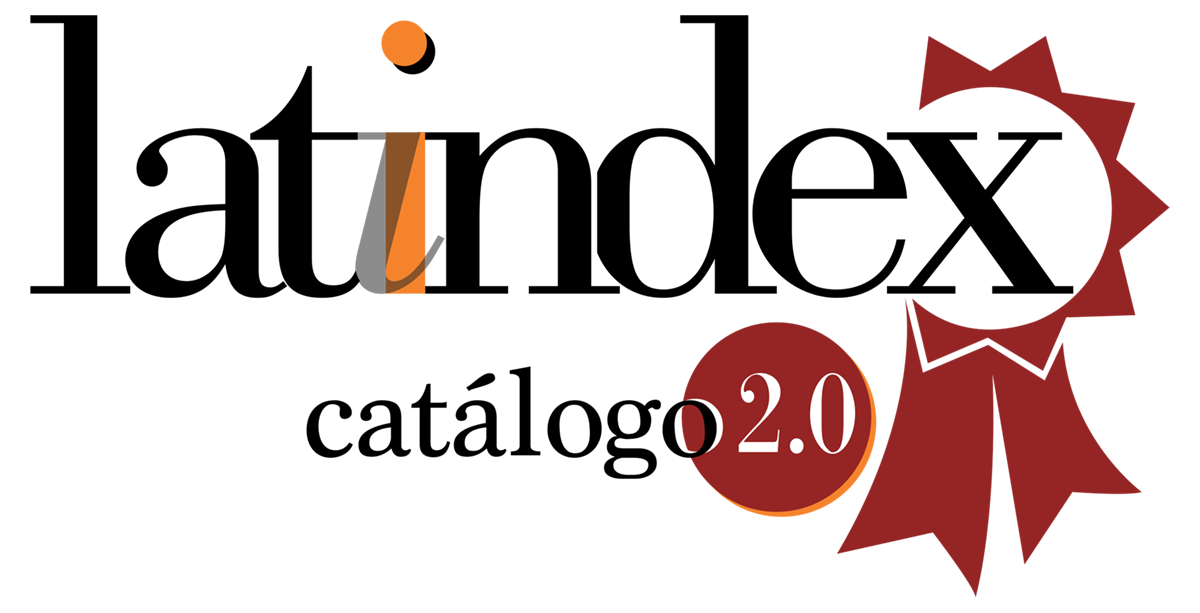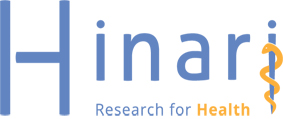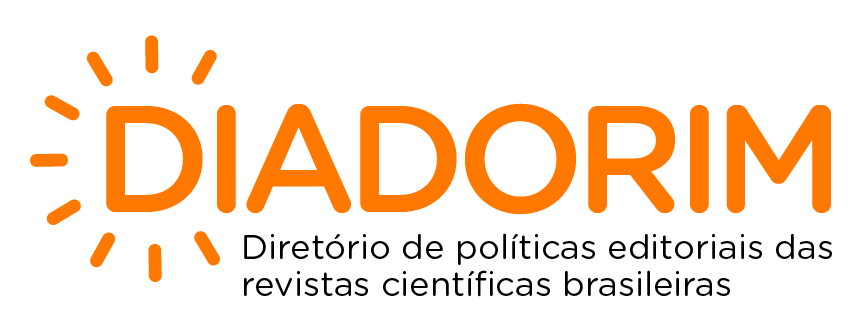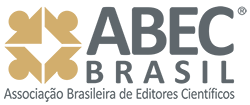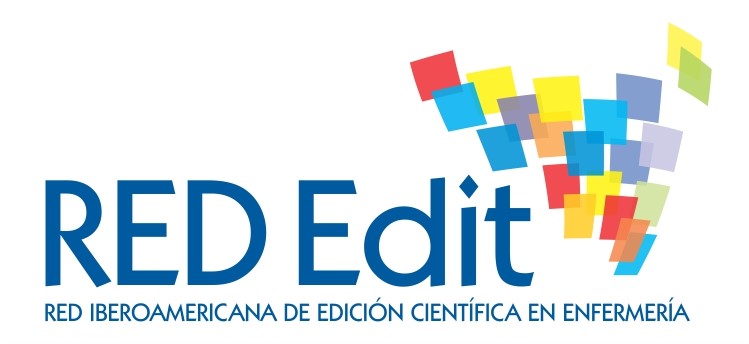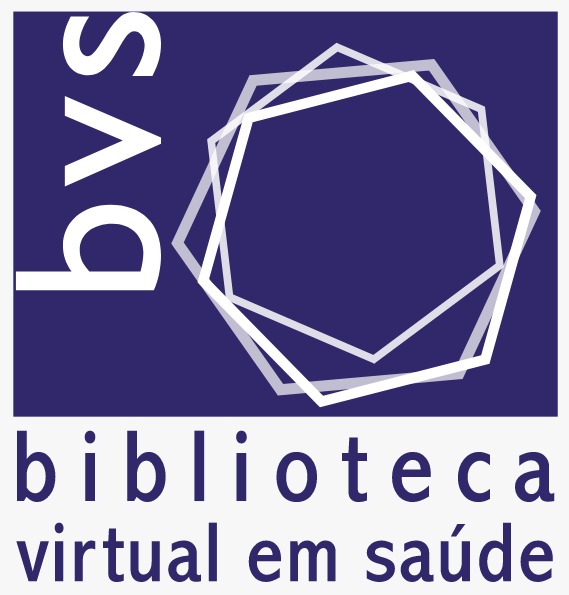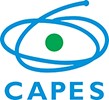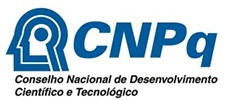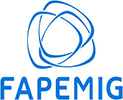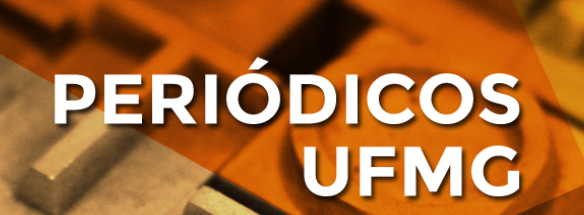Política Editorial
- Missão
- Foco e Escopo
- Periodicidade
- Seções da Revista e Tipologia de Manuscritos
- Processo de Avaliação
- Autoria, Responsabilização Editorial e Direitos Autorais
- Conflitos de Interesse, Aspectos Éticos e Condutas
- Política de Acesso Livre e Ciência Aberta
- Política de arquivamento, privacidade e preservação
- Boas práticas no uso de inteligência artificial e integridade científica
MISSÃO
Contribuir para a divulgação, acesso e utilização do conhecimento produzido em Enfermagem e áreas correlatas, nacional e internacional, abrangendo a educação, a pesquisa, a gestão e a atenção à saúde.
FOCO E ESCOPO
Publicar resultados de pesquisas e outros estudos como revisões, relatos e reflexões que contribuam com o avanço das práticas de Enfermagem e da saúde no ensino, na pesquisa, na assistência e na gestão, no âmbito nacional e internacional.
Para publicação na REME são considerados: atualidade, originalidade e relevância do tema, consistência científica, respeito às normas éticas, atendimento à política editorial e às normas para publicação descritas nas instruções aos autores.
Os manuscritos podem ser submetidos em português, espanhol ou inglês. Nos casos dos manuscritos redigidos em inglês e espanhol, também será solicitada a tradução, neste caso para a língua portuguesa, da versão final aprovada. A publicação será realizada em inglês e português ou espanhol e inglês.
O manuscrito submetido não pode ser encaminhado simultaneamente a outra publicação periódica. A veracidade das informações e das citações bibliográficas é de responsabilidade exclusiva dos autores. Caso seja identificada a publicação ou submissão simultânea a outro periódico, o artigo será desconsiderado.
A REME segue o Code of Conduct and Best Practice Guidelines for Journal Editors do Committee on Publication Ethics (COPE) bem como as orientações do International Committee of Medical Journal Editors (ICMJE), a política de Ensaios Clínicos da Organização Mundial da Saúde (OMS), as Boas Práticas Clínicas e a Declaração de Helsinki (1964, reformulada em 1975, 1983, 1989, 1996, 2000, 2008 e 2013), assim como o atendimento às legislações de pesquisas realizadas no Brasil.
PERIODICIDADE
A Revista tem periodicidade CONTINUADA (rolling press), sendo os artigos publicados tão logo sejam aprovados, revisados, normalizados, padronizados, primeiramente em AHEAD OF PRINT e, posteriormente, após a tradução e diagramação, na EDIÇÃO ATUAL.
A numeração dos volumes é sequencial, correspondendo ao ano civil. Em 2025 encontra-se no 29º volume.
Cada volume é composto de até 120 artigos. Cada artigo recebe um número sequencial à medida de sua publicação, precedidos pela letra "e" elocation-id. Este número identifica o artigo na coleção. Cada artigo tem numeração própria das páginas, de acordo com o quantitativo de páginas que compõem o estudo. Ex. REME. 2019; 23:e-1260:1-7; REME. 2019; 23 (e-1261):1-4.
SEÇÕES DA REVISTA E TIPOLOGIA DE MANUSCRITOS
Cada volume, editado no decorrer do ano em exercício, em periodicidade continuada, tem a seguinte estrutura: EDITORIAL, PESQUISA, REVISÃO, RELATOS, REFLEXÃO.
Editorial
Refere-se a temas de relevância do contexto científico, acadêmico e político-social. Publicação de caráter opcional a convite do Editor-Geral da revista.
Pesquisa
Comunicações de resultados de pesquisas originais e inéditas, com abordagem metodológica qualitativa e/ou quantitativa, que contribuem para a construção do conhecimento em Enfermagem e áreas correlatas.
Revisão
Avaliações críticas e metodológicas da literatura em relação a temas de grande importância para a Enfermagem em temáticas do momento ou sazonais, impactantes para o bem-estar e o cuidado. Serão consideradas revisões pautadas em rigor metodológico que apresentem avaliações críticas da literatura no âmbito da Enfermagem e áreas correlatas. Publica-se revisão sistemática - seguida ou não de metanálise ou metassíntese; revisão integrativa; revisão de escopo, desde que estritamente pautadas nos checklist e fluxogramas dos guias e diretrizes da EQUATOR Network.
Relato
Descrições de intervenções, experiências ou casos abrangendo a atenção em saúde, em Enfermagem e Educação em Saúde.
Reflexão
São textos reflexivos de especial relevância que trazem contribuições à evolução do pensamento e conhecimento em Enfermagem e Saúde.
PROCESSO DE AVALIAÇÃO
Os manuscritos recebidos são avaliados quanto à apresentação (padrões e normas) pela equipe técnica e quanto ao conteúdo científico pelos Editores: Geral e/ou Científico, Associados, Conselho Editorial, revisores e consultores ad hoc, que se reservam o direito de aceitá-los ou recusá-los.
Somente são enviados para a avaliação, pelos pares, os manuscritos aprovados em pré-seleção realizada pelos editores que analisam quanto a: atendimento ao escopo, relevância temática, a inovação e acréscimo ao conhecimento existente, metodologia, consistência e clareza da redação e, ainda, a total observância aos padrões e normas de apresentação. Para os manuscritos aprovados na pré-seleção é cobrada a taxa de avaliação.
Os manuscritos deverão ser submetidos à apreciação de, no mínimo, dois consultores indicados pelos editores, em conformidade à especialidade/assunto. Em casos de discordância na avaliação, o manuscrito será encaminhado para um terceiro revisor.
O Editor-Geral e/ou Científico, pautados nos pareceres emitidos pelos Editores Associados e/ou revisores, emitirão o parecer final de aceitação e devolverão aos autores para correções ou rejeição.
As indicações de correção sugeridas aos autores pelos revisores deverão ser enviadas aos autores e devolvidas aos revisores até o aceite ou rejeição definitiva.
O processo de submissão e revisão por pares - peer review - ocorre em ambiente online, em sistema duplo-cego (Double-blind peer-review - sem conhecimento de autores/revisores, e vice-versa), sendo possível, entretanto, a colaboração explícita dos editores e/ou revisores entre os autores para melhoria e aprovação do estudo, constando das etapas a seguir, nas quais os manuscritos são:
- cadastrados no sistema OJS, de submissão online, que emitirá o n° de protocolo (código de fluxo) e a declaração de recebimento;
- recebidos pela equipe técnica e avaliados quanto à apresentação física - revisão inicial quanto aos padrões de exigências da REME (identificação e afiliação dos autores, títulos e partes do trabalho, resumo, citações e referências bibliográficas de acordo com o padrão Vancouver) e a documentação;
- encaminhados ao Editor-Geral e/ou Científico para a pré-seleção e, se APTO, para avaliação pelos pares, encaminhados aos Editores Associados da temática para o acompanhamento do processo de avaliação e a indicação dos revisores. Antecedendo ao envio aos revisores o manuscrito passa por uma avaliação de similaridade por meio do software "CheckForPlagiarism.net" e, quando pertinente, é devolvido aos autores para possíveis ajustes de itens fora do padrão identificados pela equipe técnica e o pagamento da taxa de avaliação. Os manuscritos são encaminhados para a revisão de conteúdo, revisão pelos pares, somente se estiverem de acordo com os padrões e normas adotados pela revista;
- encaminhados aos revisores, indicados pelo Editor Associado; são indicados dois revisores especialistas na área pertinente, mantidos em anonimato, selecionados de um cadastro de revisores, sem identificação dos autores, dos dados da instituição e local de origem do manuscrito. Os revisores serão sempre de instituições diferentes daquela de origem do autor do manuscrito;
- após receber os pareceres, o Editor Associado avalia e emite seu parecer final, que é encaminhado ao Editor-Científico, que decide pela aceitação do artigo sem modificações, pela recusa ou pela devolução aos autores com as sugestões de modificações;
- nos casos de devolução aos autores com sugestões de modificações, o manuscrito corrigido deverá ser encaminhado aos revisores para nova avaliação e verificação de que todas as sugestões de ajustes foram contempladas na nova versão;
- cada versão é sempre analisada pelo Editor-Científico e Editor-Geral, responsáveis pela aprovação final;
- mediante a aprovação final, os Editores Geral ou Científico realizam um segundo procedimento de avaliação de similaridade por meio do software "Ithenticate". Práticas que ferem a integridade científica, como plágio e autoplágio, serão levadas para avaliação do Conselho Editorial para decisão das penalidades definidas em Conflitos de Interesse Aspectos Éticos e Condutas. Os autores serão imediatamente comunicados de todas as etapas desse processo.
AUTORIA, RESPONSABILIZAÇÃO EDITORIAL E DIREITOS AUTORAIS
Conforme recomendação do ICMJE somente podem ser designados como autores aqueles que atendam aos critérios de autoria.
A REME delimita até 8 o número de autores para submissão de um manuscrito, e define que devem ser indicados como seus autores todos e apenas os pesquisadores que, tendo concordado expressamente com essa indicação, tenham dado contribuições intelectuais diretas e substanciais para a concepção ou realização da pesquisa cujos resultados são nele apresentados. E indica que deve ser registrada a respectiva contribuição de cada um dos autores, de acordo com as definições de contribuições apresentadas nas "Instruções aos Autores".
Quanto à responsabilização editorial, a REME não se responsabiliza pelas opiniões emitidas nos artigos. Conceitos, ideias ou opiniões emitidos nos manuscritos, bem como a procedência e exatidão das citações neles contidas, são de inteira responsabilidade dos autores. Os casos omissos serão resolvidos pelo Conselho Editorial.
Quanto aos "direitos autorais", os autores devem transferir à REME os direitos autorais do artigo, no ato da submissão, conforme estabelecido nas instruções aos autores e no sistema de submissão online. O acesso ao seu conteúdo é livre e imediato, seguindo o princípio da gratuidade e democratização do acesso público ao conhecimento científico.
Para a disponibilização e utilização dos artigos em acesso aberto, a REME adota a licença Creative Commons Attribution International Public License: CC-BY, que permite: "compartilhar - copiar e redistribuir o material em qualquer suporte ou formato; adaptar, transformar e criar a partir do material para qualquer fim, desde que atribuído o devido crédito, fornecer um link para a licença e indicar se foram feitas alterações" (CC-BY).
CONFLITOS DE INTERESSE, ASPECTOS ÉTICOS E CONDUTAS
Quanto aos "conflitos de interesses", os autores devem declarar, por meio do sistema de submissão, a inexistência destes.
Entendem-se por "conflitos de interesses" as situações geradas pelo confronto entre os interesses públicos e privados, institucional e pessoal, influenciadas pelos interesses de uma das partes para a obtenção de vantagens, prejudicando as demais e comprometendo o interesse coletivo, em conduta antiética (incorreta e inapropriada) e imoral (concretiza em prejuízo).
"Há conflito potencial de interesses nas situações em que a coexistência entre o interesse que deve ter o pesquisador de fazer avançar a ciência e interesses de outra natureza, ainda que legítimos, possa ser razoavelmente percebida por ele próprio ou por outrem, como conflituosa e prejudicial à objetividade e imparcialidade de suas decisões científicas, mesmo independentemente de seu conhecimento e vontade. Nessas situações, o pesquisador deve ponderar, em função da natureza e gravidade do conflito, sua aptidão para tomar essas decisões e, eventualmente, deve abster-se de tomá-las."
(FAPESP, 2014, p. 25)
Para as questões de "conflitos de interesse", a REME adota e recomenda as publicações:
- ICMJE: Uniform Format for Disclosure of Competing Interests in ICMJE Journals. Updated July 2010: Editorial; Disclosure form.
- WAME Conflict of Interest Policy Statement. March, 2009.
- Rothman DJ, McDonald WJ, Berkowitz CD, Chimonas SC, DeAngelis CD, Hale RW, et al. Professional medical associations and their relationships with industry: a proposal for controlling conflict of interest. JAMA. 2009;301(13):1367-1372. PMID: 19336712
Quanto às práticas que evidenciam a má conduta, como: fabricação de dados, falsificação de dados e informações, procedimentos e resultados, ocultação de possíveis conflitos de interesse, plágio, autoplágio, entre outros, que ferem a integridade científica da revista são levadas para avaliação do Conselho Editorial para decisão das penalidades que vão desde a solicitação para reescrever o manuscrito, a recusa do manuscrito, a suspensão de publicar no periódico, até mesmo a comunicação de plágio ao autor e sua respectiva instituição.
Para as questões de "plágio" a REME realiza, para todos os manuscritos submetidos e aprovados, em dois momentos, o procedimento de verificação de similaridade. Tais verificações se dão durante a pré-análise dos manuscritos submetidos e durante a etapa de avaliação por pares dos trabalhos já atinentes ao corpo editorial da revista. Estas averiguações irão ser processadas por meio de software "CheckForPlagiarism.net" e “Ithenticate” e os relatórios gerados pelas plataformas serão analisados e irão dar suporte para as decisões tomadas pelos editores responsáveis.
Os editores, ao detectarem alto índice de similaridade, dependendo da base de dados que identificaram, solicitarão ao(s) autor(es) para reescrever a parte e citar a fonte original. Para extenso nível de similaridade os autores serão imediatamente comunicados, o manuscrito será recusado e a instituição de afiliação do autor será notificada.
A REME, para efeitos da ética na pesquisa e das boas práticas de publicação, pauta-se na "Declaração de Helsinki": Princípios éticos para pesquisa médica: pesquisadores, autores, patrocinadores, companhias editoras e editores têm, todos, obrigações éticas com relação à publicação e disseminação dos resultados de pesquisas. Os pesquisadores têm a responsabilidade de disponibilizar publicamente os resultados de suas pesquisas com seres humanos e são responsáveis pela integralidade e precisão de seus relatos.
Todos eles devem aderir às diretrizes aceitas para relatos éticos. Resultados negativos e inconclusivos, assim como positivos, devem ser publicados ou de outro modo disponibilizados publicamente. Fontes do financiamento, afiliações institucionais e conflitos de interesses devem estar declarados na publicação. Relatos de pesquisa em não conformidade com os princípios desta Declaração não devem ser aceitos para publicação.
Assim, a REME apoia e segue as orientações dos guias e diretrizes que subsidiam a referida declaração:
- World Medical Association Declaration of Helsinki. Ethical Principles for Medical Research Involving Human Subjects. Last amended October 2008
- Standards and Operational Guidance for Ethics Review of Health-Related Research with Human Participants, WHO 2011
- Recursos de Bioética de NIH (diretrizes, políticas, pesquisas educacionais), EUA
- Orientação sobre Ética e Pesquisa. Conselho de Pesquisa Médica, Reino Unido
- Recursos sobre Ética da Associação Mundial de Editores Médicos (World Association of Medical Editors, WAME)
- Informe oficial do CSE sobre Promover a Integridade em Publicações de Jornais Científicos, Conselho de Editores Científicos (CSE)
POLITICA DE ACESSO LIVRE E CIÊNCIA ABERTA
Acesso Livre
A REME proporciona acesso público, gratuito e imediato a todo seu conteúdo, exceto onde está identificado para não publicação.
Os artigos publicados estão licenciados sob a licença Creative Commons CC-BY (https://creativecommons.org/licenses/by/4.0/deed.pt) que permite: copiar e redistribuir o material em qualquer mídia ou formato; adaptar, transformar e construir com o material para qualquer finalidade, mesmo comercialmente, desde que citados os créditos e a fonte.
Os direitos autorais são de propriedade exclusiva da REME - Revista Mineira de Enfermagem, transferidos quando da "Declaração de Transferência de Direitos Autorais" no ato da submissão do manuscrito.
Ciência Aberta
A REME em atendimento às demandas do movimento "Open Science" – conhecimento transparente, acessível e reproduzível - passou a adotar as ações prioritárias definidas pelo SciELO para o alinhamento com a Ciência Aberta para o período de 2019 a 2023: utilização do registro ORCID para identificação dos autores; indicação das contribuições dos autores; preservação digital; marketing em redes sociais, transparência e início de abertura na avaliação por pares; adoção do "preprint" (aceite de manuscritos previamente depositados em repositórios de preprint), com revisão por pares aberta, e outras recomendações TOP - Transparency and Openess Promotion (https://osf.io/dngy3/).
POLÍTICA DE ARQUIVAMENTO, PRIVACIDADADE E PRESERVAÇÃO
Arquivamento
A documentação dos manuscritos aceitos e recusados ficará arquivada em conformidade com a política de Arquivamento do Portal de Periódicos e do Centro de Computação da Universidade Federal de Minas Gerais - UFMG.
Privacidade
Os nomes e endereços informados nesta revista serão usados exclusivamente para os serviços prestados por esta publicação, não sendo disponibilizados para outras finalidades ou a terceiros.
Preservação Digital
Para a “Preservação Digital” a REME segue os procedimentos adotados pelo Portal de Periódicos da UFMG, partícipe da “Rede de Serviços de Preservação Digital Cariniana” do Instituto Brasileiro de Informação, Ciência e Tecnologia (IBICT), aliado ao sistema LOCKSS, da Stanford University, para a promoção do arquivamento digital e preservação de conteúdos digitais permanentes e originais, bem como à garantia de acesso a estes.
BOAS PRÁTICAS NO USO DA INTELIGÊNCIA ARTIFICIAL (IA) E INTEGRIDADE CIENTÍFICA
Como uma revista científica comprometida com a excelência e a ética na pesquisa, a revista adota políticas para assegurar a integridade científica e o uso responsável de ferramentas baseadas em inteligência artificial (IA) em todas as etapas do processo editorial.
Uso Responsável de Inteligência Artificial
A REME reconhece o potencial das tecnologias de IA para aprimorar a pesquisa científica e o processo de publicação. No entanto, seu uso deve ser sempre pautado pela transparência e alinhado aos princípios éticos. Os autores devem ser claros quanto ao uso de IA na análise de dados, redação, tradução ou em qualquer outra etapa do trabalho submetido. É fundamental que essas ferramentas sejam utilizadas para complementar, e não substituir, a supervisão e a autoria humana.
Transparência e Credibilidade
O uso de IA no desenvolvimento de artigos, como ferramentas para geração de texto ou revisão de linguagem, deve ser devidamente documentado na seção método do manuscrito. Além disso, a autoria deve ser atribuída exclusivamente a seres humanos. A responsabilidade pelo conteúdo do artigo é integralmente dos autores.
Prevenção de Más Práticas
A REME não aceitará o uso de IA para práticas inadequadas, como fabricação de dados, plágio ou manipulação de imagens e figuras. Manuscritos identificados com tais irregularidades serão imediatamente rejeitados e os autores poderão ser excluídos de futuras submissões e, a qualquer momento após publicação, o artigo pode ser despublicado, como forma de retratação, caso se constate uso indevido de IA.
Compromisso com a Integridade Científica
Estamos empenhados em manter os mais altos padrões de integridade científica. Isso inclui a promoção de práticas de pesquisa responsável, revisão por pares rigorosa e políticas de transparência de dados. Incentivamos os autores a compartilharem seus conjuntos de dados e códigos, sempre que possível, para promover a reprodutibilidade e a confiança nos resultados.
Educação e Conscientização
A REME se compromete a oferecer orientações e recursos para educar nossa comunidade de pesquisadores sobre o uso ético de IA e as melhores práticas em integridade científica. Esta política reflete nosso compromisso com a inovação responsável e a promoção de uma ciência robusta e confiável. Estamos confiantes de que, juntos, continuaremos a contribuir para o avanço do conhecimento científico em benefício da sociedade.

